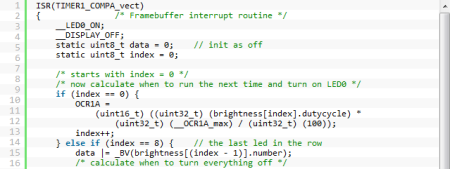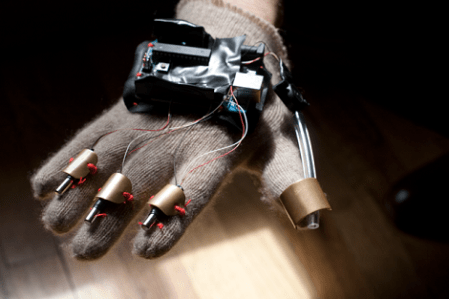
[Stephen] wrote in to show us this fun LED wall he constructed in his house. He says he was inspired by this project, but found the cost of the BlinkM units from sparkfun to be out of his price range. He really liked how they worked though, so he downloaded the schematic and firmware and built his own. He was able to fabricate 130 of his own for roughly 250 euros as opposed to the 1,452 euro price tag his sparkfun shopping cart had. That’s not a bad deal at all if you’re willing to invest the time in making your own PCBs and assembling the units. You can follow along on his site to see the entire construction process, as well as some pictures of his glass wall in action. The videos, however, aren’t loading for us. Great job [Stephen]!
















